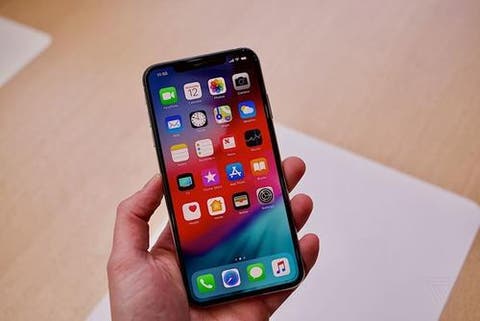According to Wall Street Journal, some former executives of Apple believe that in order to solve the problem of low sales of the iPhone in the Chinese market, the company needs to design a new smartphone for the Chinese market. In fact, Apple has taken a small step in this direction, such as the introduction of the dual SIM card iPhone XS/Max model in the Chinese market. Also, it is widely believed that Apple’s launch of the ‘Golden’ iPhone is a special decision for this market.
Chinese market problem
It is undeniable that Apple is facing some problems in the Chinese market. On January 30, it released its first fiscal quarter earnings report for the fiscal year ending December 20, 2018. As expected, the revenue fell, and revenue in China fell 27% year-on-year. Apple CEO Tim Cook clearly pointed out that the Chinese market is a real problem.
Of course, the slowdown in China’s economic growth is one of the reasons. Overall smartphone sales fell 12% to 15.5%, but Apple’s decline was even greater.
Plus, there are pricing issues. In this regard, Apple is already considering price cuts. Cook said that compared with the previous year, Apple’s pricing strategy is not volatile in the United States. However, due to the exchange rate issue, the iPhone’s price difference in other countries is magnified.
Cook said that Apple has noticed this problem and began to reflect. The iPhone will be priced according to the local currency of each country. This means that the iPhone will usher in a new wave of price cuts in overseas markets, especially China.
The Chinese version of iPhone
Some former executives and analysts believe that Apple needs to make more radical changes in the Chinese market. They said that Apple should end the ‘one product for all markets’ model, and distinguish products and software for the Chinese market from those in other regions.
For many years, the iPhone has been designed in California and assembled in China, which means that the iPhone in the Chinese market is unlikely to be fully adapted to local applications and user habits.
Carl Smit, a former Apple executive, said: ‘They’re not adapting quick enough. These apps and systems are how people communicate in China, and if you don’t have seamless integration, the Chinese manufacturers have an edge.’
Veronica Wu, another former Apple executive, said: ‘We generally say that this will be what our consumers want. But Apple’s product executives are not like this. So when the new phone is released, it was found that it did not attract Chinese consumers.’
Slow response
Apple’s launch a dual SIM iPhone is an example of Apple’s slow response to local brands such as Xiaomi and Huawei. More than 90% of smartphones sold in China support dual SIM cards. But Apple did it only in 2018.
Supporting QR codes is another example. WeChat’s popular mobile wallet platform is everywhere, but the iPhone’s camera app didn’t add native support for QR code scanning until last year.
Richard Kramer, an analyst at market research firm Arete Research, said: ‘When you sell a brand with cachet, you don’t want to do anything that diminishes that. Apple can’t afford to substitute local tastes for the massive premiums they get.’
